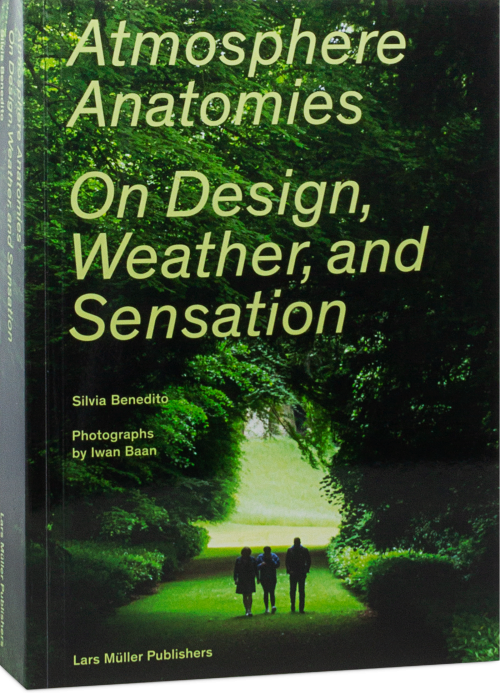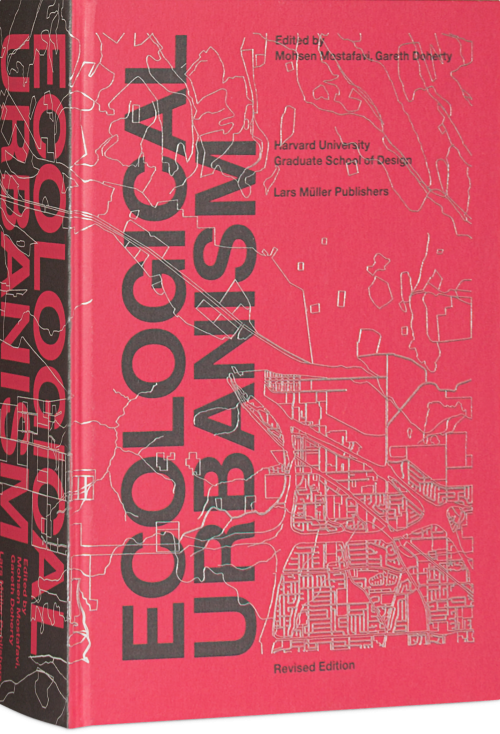
The Architecture of Closed Worlds
What do outer space capsules, submarines, and office buildings have in common? Each is conceived as a closed system: a self-sustaining physical environment demarcated from its surroundings by a boundary that does not allow for the transfer of matter or energy. The Architecture of Closed Worlds is a genealogy of self-reliant environments. Contemporary discussions about global warming, recycling, and sustainability have emerged as direct conceptual constructs related to the study and analysis of closed systems.
From the space program to countercultural architectural groups experimenting with autonomous living, this publication documents a disciplinary transformation and the rise of a new environmental consensus in the form of a synthetic naturalism. It presents an archive of 37 historical living prototypes from 1928 to the present that put forth an unexplored genealogy of closed resource regeneration systems.
In The Architecture of Closed Worlds prototypes are presented through unique discursive narratives with historical images. Each includes new analysis in the form of a feedback drawing that problematizes the language of environmental representation by illustrating loss, derailment, and the production of new substances and atmospheres.
What do outer space capsules, submarines, and office buildings have in common? Each is conceived as a closed system: a self-sustaining physical environment demarcated from its surroundings by a boundary that does not allow for the transfer of matter or energy. The Architecture of Closed Worlds is a genealogy of self-reliant environments. Contemporary discussions about global warming, recycling, and sustainability have emerged as direct conceptual constructs related to the study and analysis of closed systems.
From the space program to countercultural architectural groups experimenting with autonomous living, this publication documents a disciplinary transformation and the rise of a new environmental consensus in the form of a synthetic naturalism. It presents an archive of 37 historical living prototypes from 1928 to the present that put forth an unexplored genealogy of closed resource regeneration systems.
In The Architecture of Closed Worlds prototypes are presented through unique discursive narratives with historical images. Each includes new analysis in the form of a feedback drawing that problematizes the language of environmental representation by illustrating loss, derailment, and the production of new substances and atmospheres.




















